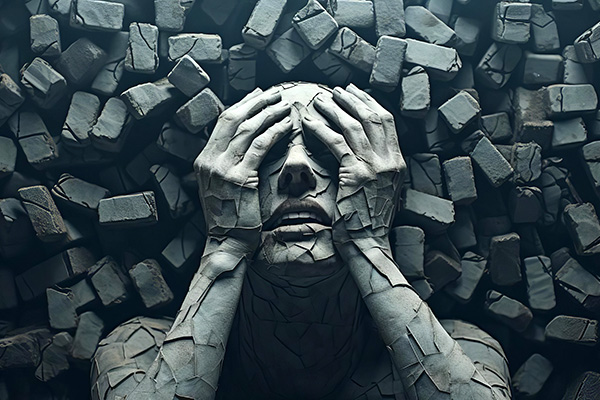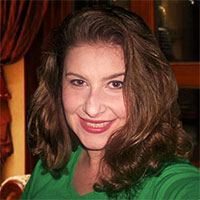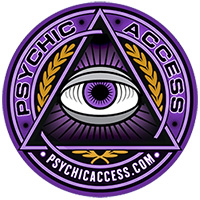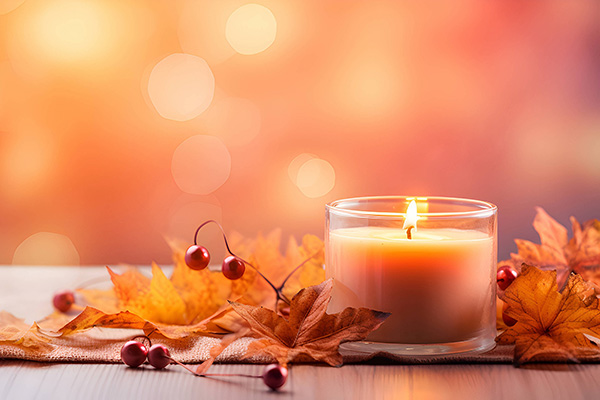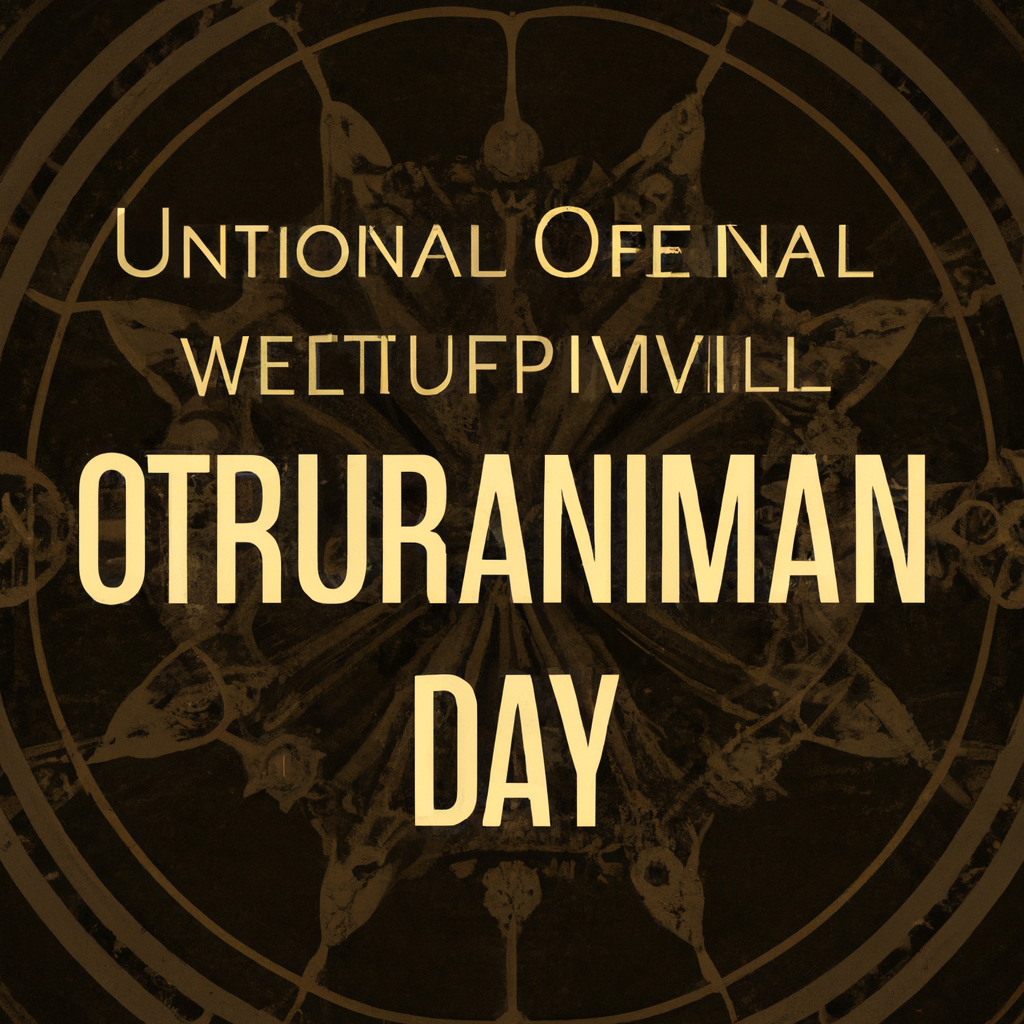Delving into the Deep Understanding and Wisdom of Psychic Readings
 A valuable psychic reading provides not only insight and tranquility but also serves as a significant catalyst for spiritual development.
A valuable psychic reading provides not only insight and tranquility but also serves as a significant catalyst for spiritual development.
During a psychic reading, you establish a connection with your psychic that resonates on a soul level. This interaction feels akin to entering a different realm, elevating both of your vibrations and tapping into a heightened state of awareness.
This experience is both intriguing and enigmatic. Often, a guiding spirit leads you to a specific psychic, even if you can’t pinpoint precisely why they appeal to you. This inner guidance is your innate compass, steering you toward the person who can offer the insights you seek.
The personal dilemma or life obstacle that occupies your thoughts — be it love, vocation, career, health, or relationships — frequently unlocks a gateway to understanding. This gateway conceals invaluable insights: the spiritual teachings and growth prospects that await exploration.
Edgar Cayce, one of history’s most well-documented psychics, posited that the aim of psychic readings, or what he termed “life readings,” was to furnish guidance and insights that would assist individuals on their personal and spiritual paths. He highlighted that these readings yield critical information regarding one’s health, purpose in life, and spiritual evolution.
Cayce’s extensive archive of over 14,000 documented psychic readings frequently emphasized holistic health, addressing the physical, mental, and spiritual dimensions of an individual’s well-being. He believed that everyone possesses the capability to access their innate wisdom and intuition, and that psychic readings can serve as a medium to help individuals connect with this inner knowledge.
The only barrier blocking the perception of what lies beneath the barren exterior is your audacity. Dare to break through the surface ~ Vera Nazarian
<pTypically, a psychic reading commences by examining the overt elements of your situation. This is when you and your psychic discuss the current narrative of your life — validating emotions, affirming details, and analyzing what is transpiring around you. This initial phase is critical in establishing a grounded reading, providing a sense of comfort and comprehension.
After achieving clarity at this level, there is an opportunity to delve deeper — to explore the underlying layers beyond the visible. Here, the focus shifts from external situations to the spiritual and energetic dimensions underlying them. This transition often feels like stepping through a threshold into a fresh viewpoint where hidden insights and lessons await.
As the reading evolves, deeper aspects of your circumstances are unveiled. Challenges such as relational difficulties, workplace issues, or financial troubles often encompass more than mere external challenges — they typically indicate areas where growth is encouraged. Remaining at the surface of understanding may result in the repetition of old patterns. However, embracing the chance to explore deeper enables access to profound truths concerning your essence and journey.
This in-depth exploration demands bravery and a willingness to be open. It invites you to move past defensiveness and confront life’s hurdles with sincerity and inquisitiveness. By doing so, you can uncover the gifts embedded in your experiences: self-love, acceptance, and a revitalized sense of purpose.
<pDuring a reading, both you and your psychic are aided by spirit. Your deceased loved ones, ancestors, spirit guides, angels, and the divine collaborate to convey the messages you need. Prior to your birth, you developed a soul contract — a life plan delineating the lessons, experiences, and growth challenges your soul aims to experience in this lifetime. Unlike everyday aspirations shaped by external factors, our soul purpose is deeply intertwined with our essence, reflecting the rationale for our incarnation on Earth.
Sometimes, it requires venturing deep beneath the surface to appreciate what exists above. Once you achieve this understanding, smiling becomes effortless and natural, as you truly value what you possess ~ Marcus Herron
<pNevertheless, the challenges of everyday life and the myriad distractions of the material world can veil your connection to this divine plan. Fortunately, the spirit realm and your team of guides never lose track of your soul purpose, and during a psychic reading with an authentic psychic, medium, or channeler, they'll invariably strive to assist you in reconnecting with it.
The quest to fulfill your life mission and pursue spiritual enlightenment is unending. The beauty of uncovering your true soul purpose and inner reality lies in the universe’s abundance of infinite possibilities and wonders that are on hand at any moment. As you navigate your inner landscape and honor your higher self, you’ll unveil sacred treasures that not only transform your perceptions but also inspire real changes in your external reality. The everyday concerns that originally led you to the reading begin to resolve as you come into alignment with your genuine self.
A psychic reading transcends merely seeking routine responses or solutions to life’s dilemmas — it is a pivotal step on a transformative expedition. By approaching each reading with openness and intention, you can reveal the myriad soul lessons and spiritual treasures hidden beneath life’s challenges, ultimately embracing a more empowered and enlightened version of yourself, in this life and beyond.
|
Referred to as The Psychic’s Psychic, since 1998, Isadora has provided readings for thousands globally, including clients from the Obama administration, Fortune 500 CEOs, and prominent figures in Hollywood. Her remarkable (Gemini) accuracy is astonishing, allowing her to perceive individuals at the Soul Level while addressing a diverse array of inquiries, from relationship issues and business choices to past lives — essentially anything requiring clear answers and precise insight. She identifies hidden patterns beneath your current circumstances, offering you guidance to positively alter your future. Should you desire a reading with this compassionate, straightforward, laser-accurate, and dedicated Psychic, you may find Isadora at PsychicAccess.com. |
Exploring the Deep Insights and Wisdom of Psychic Readings
Psychic readings have captivated and intrigued people for ages. From ancient cultures to contemporary society, individuals have sought the counsel and wisdom of psychics to glean insights into their lives, relationships, and future. While some may regard psychic readings as mere entertainment or deception, countless individuals have encountered profound and transformative revelations through these experiences. In this article, we will explore the realm of psychic readings, examining the insights and wisdom they can provide.
What is a Psychic Reading?
A psychic reading is a practice where an individual, recognized as a psychic or clairvoyant, utilizes their intuitive skills to offer guidance and information regarding a person’s past, present, or future. Psychics employ various methods to connect with this information, such as tarot cards, astrology, palmistry, or simply their own intuition. These readings can take place in person, over the phone, or even online.
The Profound Insights
One of the most notable features of psychic readings is the transformative insights they deliver. Psychics have the capability to perceive the energy and vibrations surrounding an individual, enabling them to attain a more profound comprehension of their thoughts, emotions, and experiences. By interacting with this energy, psychics can present unique perspectives and illuminate hidden facets of a person’s life.
Psychic readings frequently offer clarity and validation to individuals who may feel disoriented or unsure. They can provide counsel on crucial life decisions, relationships, career trajectories, and even spiritual development. By connecting with unseen realms, psychics can assist individuals in gaining a more expansive view of their lives and making more informed decisions.
In addition, psychic readings can bring comfort and healing to those who have suffered loss or grapple with grief. By establishing connections with departed loved ones, psychics can convey messages of love, closure, and reassurance. These encounters can provide solace, confirming to individuals that their loved ones remain present and vigilant.
The Knowledge of Psychic Readings
Psychic readings encompass not only insightful revelations but also a wealth of knowledge. Psychics often possess extensive information regarding various metaphysical and spiritual subjects. They dedicate years to refining their abilities and studying diverse methodologies to gain insights into the human experience.
Psychics are equipped to provide individuals with information about their aura, chakras, and energy fields. They can offer guidance on meditation, energy healing, and other spiritual practices that promote well-being. Moreover, psychics can educate individuals about manifestation, the law of attraction, and the significance of positive thinking.
Beyond spiritual knowledge, psychics can also furnish practical advice and insights regarding day-to-day life. They can assist individuals in navigating challenges, enhancing relationships, and discovering their life’s purpose. By tapping into their intuitive gifts, psychics can offer unique viewpoints and solutions to problems that may have appeared daunting.
Conclusion
Psychic readings deliver profound insights and knowledge that can significantly influence individuals’ lives. Whether seeking guidance, validation, or healing, these encounters can foster a deeper understanding of oneself and the universe. While skepticism may persist, many individuals have personally experienced the remarkable power of psychic readings. Therefore, if you find yourself at a crossroads or in need of direction, consider delving into the profound insights and knowledge that psychic readings can unveil. Continue reading


